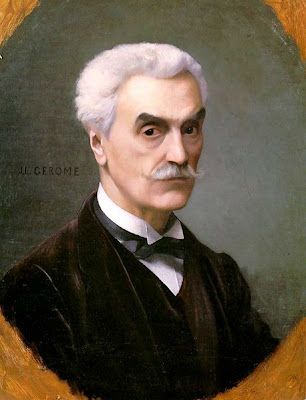Discovered her fairly recently, in the April 2012 Poetry: 100 Years . Jumping around in the slim volume I eventually found her, and probably gravitated to her, checked her out, because of her Russian name. What was she like? Was she the "real thing"? My tentative conclusion based on her work in Poetry (not in the Poems section but in the back, in the Comment section: her work is titled, Heaven is Not Verbose: A Notebook ): maybe. Subsequent research has led me to lower my expectations re her poetry (I started thinking: somewhat slight), but if I ever purchase a volume of her poetry (I think she is usually translated by her husband, Steven Seymour) and change my mind I'll let you know. Anyway, I wanted to post some poetry this morning. Her "notebook" entries are bulletlike (reminding me of some of my own work), and often approach IMHO "poetry." I post only a select few (i.e., some of those that I underscored, asterisked, vertically squiggled). F...


